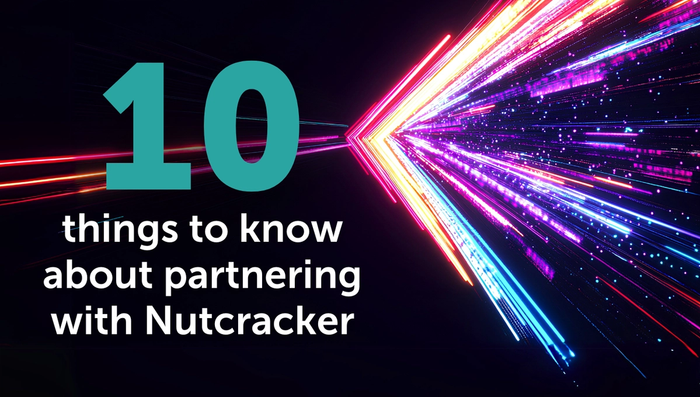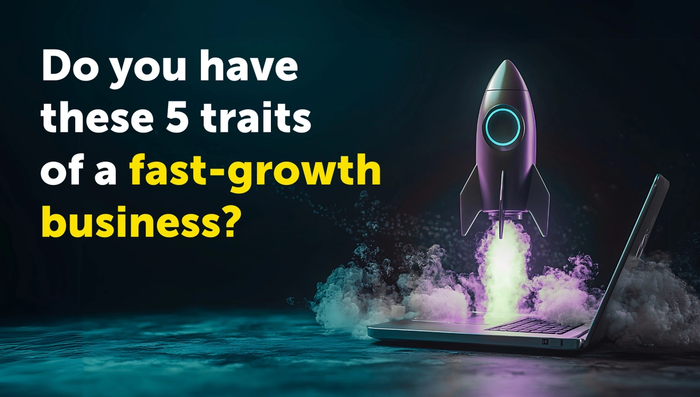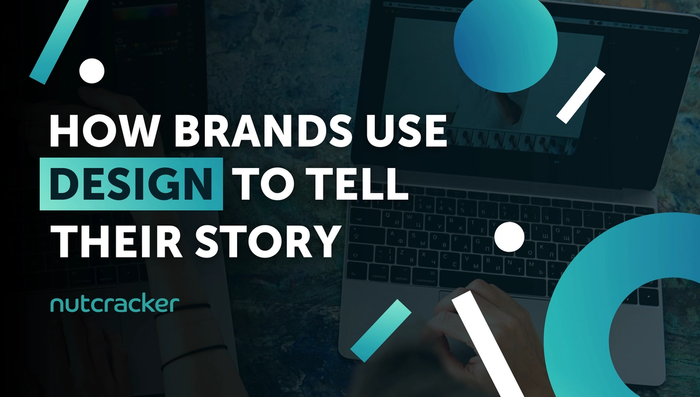Marketing
Measuring Brand Trust in Marketing | The Intangibles of Business Growth
How do you know if your sales and marketing are working?
You sell more.
If what you sell solves someone’s problems, what ultimately decides whether they buy?
Trust.
So, how do you measure trust? You can’t, really –it’s an emotion.
When you’re marketing your business, it’s tempting to measure success by hard numbers, things like engagement, cost-per-acquisition, and conversion rate. However, the things that grow a business sustainably (like trust) don’t fit on a spreadsheet.
It’s not that metrics aren’t useful, it’s just that many businesses have the wrong relationship with them – they misuse and overvalue them at the cost of growth.
Here’s your guide to what really matters in your marketing – the intangibles.
The Vanity Mirror: Understanding What Matters
You might have heard the phrase ‘vanity metrics’, which describes data points that look good, but don’t contribute much to actual growth. Those can be things like social media ‘impressions’ and ‘engagement’ and ‘reach’.
It’s a bit unfair to label the metrics negatively. The data isn’t vain, but how you use it can be. You can mistakenly think that if a thousand people have seen your social media post, and eighty people clicked through to your website then that means it was a successful piece of marketing.
On the other side of the coin, if you’ve poured resources into a creative, exciting, in-depth content marketing campaign, and then you don’t get hundreds of enquiries from it, it’s tempting to think you’ve wasted your money and time.
It isn’t that simple.
What if in the first scenario, not a single click resulted in a lead, while the second approach secured two heavyweight clients?
Talk is cheap: brands and business growth
Metrics might look like they’re bringing rigorous objectivity to your communications, but branding is where the real science of marketing sits.
Why does good branding make people buy?
If it’s a well-established brand, it’s largely because it’s got a track record of quality. However, the same principle works with completely unknown brands too. Why’s that? The answer is in biology, specifically in something called ‘signalling theory’.
The biologist Amotz Zahavi suggests that something like a peacock’s tail is useful as a signal because it takes a lot of aprecious resource (energy) to create — it’s not just saying that the male peacock is a healthy specimen and a viable mate, it’s proving it.
You can sum it up with the adage ‘talk is cheap’. Now apply it to business. Create a powerful identity and your audience will (subconsciously) think, ‘I can trust this company –they’ve sunk a lot of resources into their brand and their marketing. They’ve got something to lose if they let customers down.’ Ultimately it makes your business proposition feel solid.
Apply the wrong metric and it makes brilliant marketing look worse. If you’re using costly signalling, the cost-per-acquisition is going to be much higher. Get hung up on a data point like that and an effective campaign can look weaker despite being brilliant.
Content and business growth
An important rule of thumb is that only 5% of your targets are in the market right now. If you want your content to give you a quick return on investment and a nice punchy conversion rate, then you’re assessing it all wrong.
This is also about trust. Your branding is there to say, ‘This business is worth your attention’, and your content is there to deliver on that promise.
True thought leadership:
- helps prospects understand what their problems are
- demonstrates that you understand and can solve them
- moves prospects through the buying journey
If you look at those outcomes, you see that they’re not quick, and you can’t easily put numbers on them. It takes guts to invest in something that won’t pay off immediately, and it’s sometimes hard to measure when it does, but it’s what makes the difference in B2B marketing and ultimately in sustainable, long-term, business growth.
The Intangibles: What should you measure and how?
Any metric has its place, and what you should use as a mark of success completely depends on what you’re trying to achieve. If you want to build trust and use the intangibles that grow a customer base, here are some things you can track.
Conversation
If you position and promote interesting content well, it will spark discussion. Forums like LinkedIn can give obvious signs of that engagement in comment sections.
Recognition
This is often anecdotal, but that doesn’t mean it’s not worth knowing. For example, when a member of the sales team makes a cold call, and the prospect recognises the name of the business, then something is working.
Enquiries
Because we’re dealing in the long-term it’s often hard to credit one piece of marketing or content with an inbound enquiry. Over time, though, if your inbound leads start to consistently increase, and more sales convert, then it’s almost certainly because your brand is getting stronger, and your marketing is working.
How to grow your business with the intangibles
To build a brand that earns your targets’ trust, create content that starts conversations with your prospects, and run campaigns that grow your business, then get in touch with Nutcracker.
We build, design, and execute marketing strategies that get results. If you’re a B2B brand that wants to stand out from the crowd, contact us today.
020 3941 0305, or email hello@nutcrackeragency.com.
Share this:






